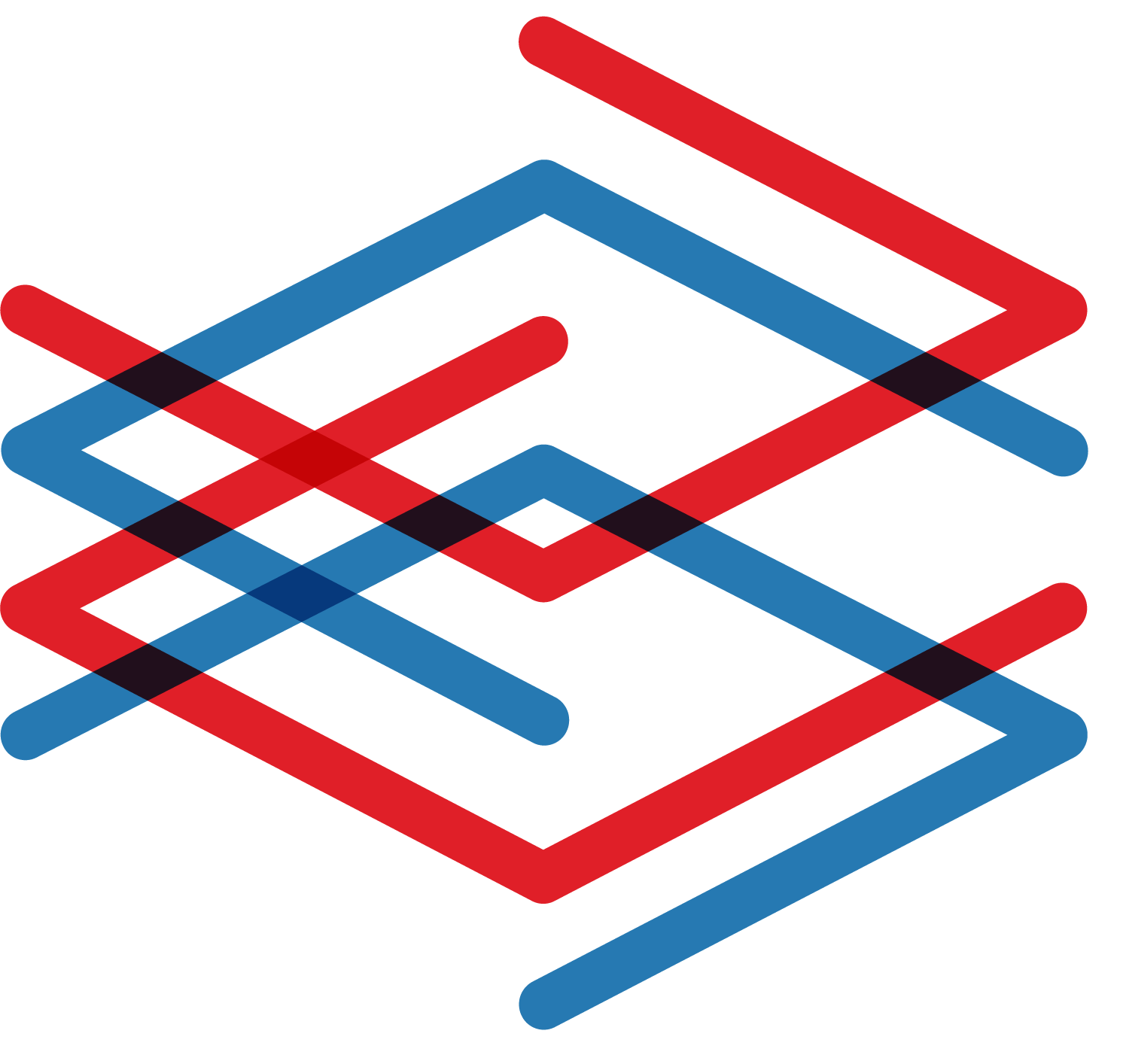Malizen in action > Use Case > Threat hunting
- Lea Deswarte
- Feb 10, 2023
- 3 min read
Updated: Aug 22, 2023
We often talk to you about how important threat hunting is for cyber teams because complex and sophisticated threats still get past automated cybersecurity. We've had the opportunity to talk to many cyber teams and we've noticed that the limits of threat hunting are still quite blurred. Where does it start and where does it end? The answer is not universal but the value of threat hunting is not to be demonstrated anymore.
But first of all let's try to give some definition elements, to be all on the same wavelength. Threat hunting is the proactive search for signs of security flaws or potential threats that are lurking undetected in a network system. It consists of analysing and examining network data, system logs, and other security-related information to identify signs of ongoing or potential attacks.
Many organizations are unable to prevent advanced persistent threats from infiltrating their network due to the lack of sufficient advanced detection capabilities. That’s where threat hunting becomes an essential component of any defense strategy. Threat hunting helps minimise the risk of security breaches, which can have a very significant impact on a company's business and reputation.
The significance of threat hunting is growing as organizations strive to anticipate the newest cyber threats and swiftly respond to any potential security breaches.
How Malizen accelerate threat hunting?
Threat hunting is not a pure tooling game and will always require humans to take decisions. But we are also convinced that selecting the right tools significantly affects the quality of threat hunting for many reasons.
Staying one step ahead of cyber attackers involves analysing large amounts of data from various sources, including network logs, endpoint data, threat intelligence feeds, and more…How to effectively search for the needle in the haystack when dealing with this increasing amount of data and data sources? We know the fatigue caused by context switching and how it impacts the effectiveness and quality of threat hunting. Malizen centralizes and correlates all the available data sources on a single interface so that analysts can investigate them without switching from one tool to another. Beyond aggregating data and providing a unified view of disparate data sources, Malizen correlates the data for contextualised data mining.
Traditional security approaches are generally based on passive methods of detecting and responding to known threats. Threat hunting involves actively scanning networks and datasets to uncover threats that bypass these current automated security tools. How Malizen fits into the traditional security approaches and tools? We have designed Malizen to be highly complementary to the standard process of incident detection, response, and remediation. Security technologies will generate alerts which then just become a new data source to be correlated within Malizen. We facilitate the rapid export of new rules and the triggering of action when new threats are detected.
Threat hunting also means going beyond the information that is already known or reported. You have to explore the unknown to discover new cyber threats. How can Malizen help analysts explore further then? Exploratory visualization is key. It allows for a comprehensive and global view of all data. The intelligence of Malizen’s platform resides in the automatic generation of the most relevant visualizations according to the type of data explored. Each proposed visualization thus makes it possible to highlight anomalies to better understand and trace them. This allows analysts to identify rapidly and intuitively areas that require further investigation.
To date, most of the advances in automation have been focused on incident response. However, focusing only on response means treating the symptoms instead of addressing the root cause... How does Malizen approach automation? We believe that full automation of cyber teams remains a utopia and humans will always be needed. All this led us to develop our machine learning co-pilot that guides analysts in their threat-hunting decisions without the objective of replacing them. Malizen’s co-pilot recommends steps of investigation and even allows to get out of the cold start .
Today, threat hunting is an essential part of an organisation's overall security strategy and plays a crucial role in maintaining the cyber resilience of organisations. Organisations of all sizes can benefit from it as it can help detect threats that may have been missed by traditional security measures. But, threat hunting is also and above all an ongoing process that requires monitoring and analysis of an organisation's security. This is where Malizen comes in to accelerate the processes of cyber teams and to support them in data investigation.
